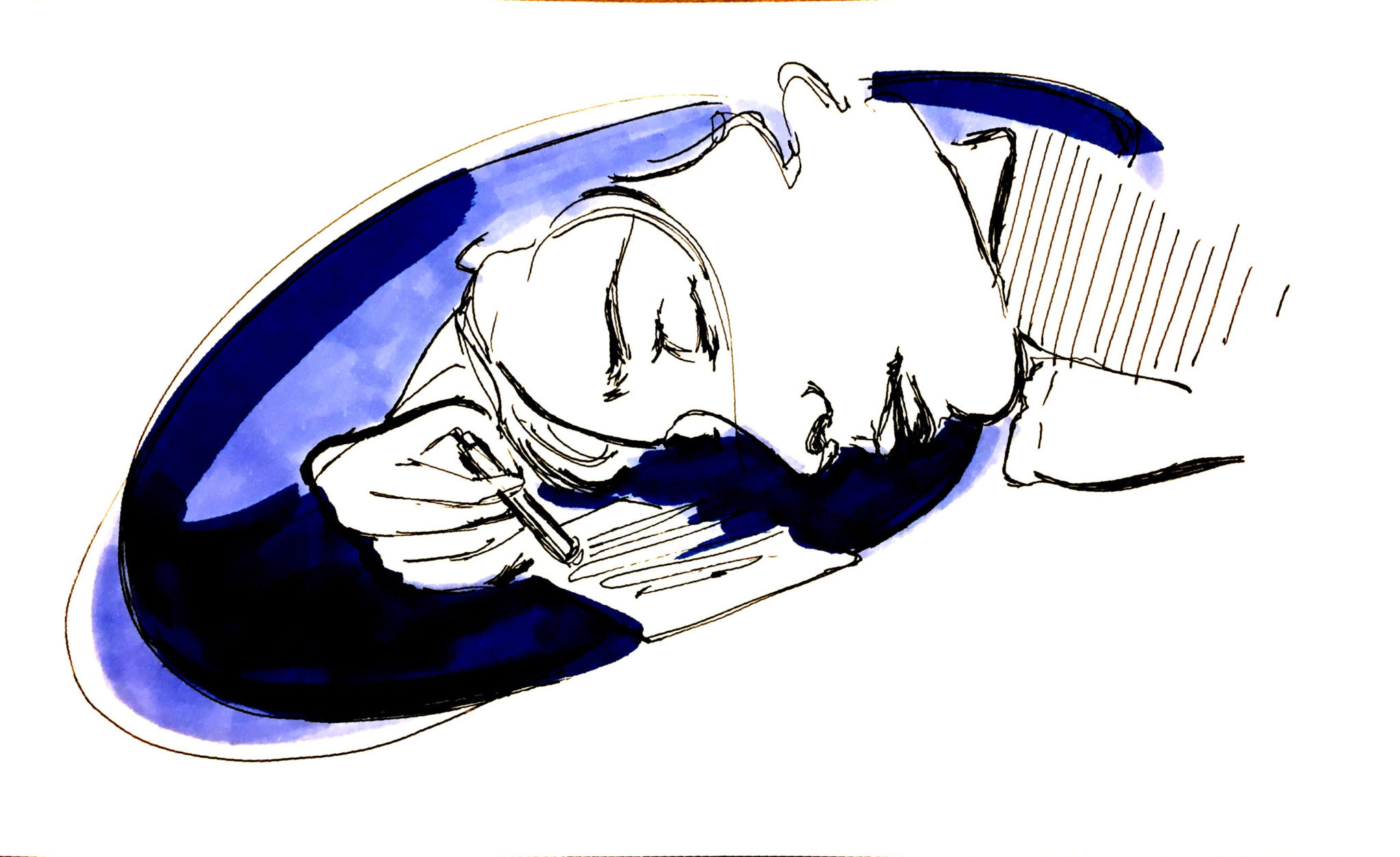
As the clock struck midnight on Nov. 17, Brad (not his real name) fell to the floor of his off-campus apartment, unconscious. He struck the floor hard enough to rouse his housemate from her sleep. He wasn’t breathing when she found him lying on the couch, aspirating his own vomit. He had overdosed on heroin. To be precise, he had used fentanyl, a synthetic opioid 50 times more potent than heroin. Thankfully for Brad, the medics arrived and swiftly injected him with an antidote, and he returned safe and sound from the hospital.
Brad’s story illustrates how unprepared Yale is to handle the threat posed to student safety by drugs other than alcohol. Brad had not been enrolled in Yale when the incident happened, and was thus protected by Connecticut’s Good Samaritan law. If he had been enrolled at Yale, he would have been subject to disciplinary action, which might well have deterred his housemate from seeking help. Herein lies the pitfall in Yale’s policies on drugs.
Brad’s journey to fentanyl is unusual. While most people start with prescription painkillers and move on to heroin and then fentanyl, Brad began with heroin in March 2016 after experimenting at a party. He found it boring and dismissed opiates altogether. But after receiving an OxyContin prescription last summer, he slowly became dependent, and by the time his prescription ran out, he was hooked. Unable to renew it, he bought a substitute called fentanyl on the illicit market, where it is cheap and readily available, and thus began the journey of his rapid descent into opiate addiction.
Connecticut’s Good Samaritan law encourages bystanders to summon medical assistance for overdoses by guaranteeing that victims will not be prosecuted for using illicit substances if someone calls an ambulance. Timely medical care is critical, as most deaths from opioid overdoses occur one to three hours after consumption. His housemate found him roughly one hour after his first dose of the evening, minutes after he collapsed. Had she arrived later or hesitated to call — even for a few moments — he might have died.
Yale has a similar Medical Emergency Policy for alcohol. If an underage student consumes too much alcohol and needs attention, neither they, the caller nor the provider of alcohol will be punished if someone calls for help. This is because Yale cares more about ensuring the intoxicated student’s safety than punishing an irresponsible party host.
Misguidedly, Yale does not extend this protection to other drugs. So students who see their friends overdosing on heroin, cocaine or Molly face a difficult choice: Wait it out and try to keep their friends out of trouble or call for help and risk getting them suspended. Even if bystanders ultimately call, any hesitation can eat up precious minutes that may make the difference between life and death. In a 2016 YCC survey, 64 percent of respondents said they would feel more comfortable calling an ambulance for a friend if they knew the friend wouldn’t get in trouble.
Brad’s incident also highlights Yale’s troubling lack of drug education for incoming freshmen. According to Sophia Krohn ’20, her FroCo could not answer questions about drugs other than alcohol. This is clear negligence, given the high rates at which students on this campus use drugs in their time here. According to a 2014 News survey, 44 percent of students have used marijuana, 7 percent prescription stimulants like Adderall, 6.2 percent MDMA, 5.7 percent cocaine and 5.3 percent LSD. The administration’s gag order on sensible harm reduction education leaves these students in the dark, vulnerable to the worst consequences of drug use that could easily be avoided.
We also don’t talk enough about addiction on campus. Aside from Brad, a classmate of mine had to withdraw from Yale to treat an addiction to heroin. An informal survey in the course found that one-third of students met the criteria for drug addiction. This included some of the more troubling symptoms: taking drugs in larger amounts or for longer periods of time than intended (33 percent), craving or a strong desire to consume the drug (34 percent), persistent desire or unsuccessful efforts to cut down or control use (16 percent) and continued use despite having persistent or recurrent social or interpersonal problems caused or exacerbated by use (15 percent). While these results should not be taken as diagnoses, they are cause for concern.
Because he does not have health insurance outside Yale, Brad will not have received treatment when he returns to campus. If he relapses on campus, will his friends call for help — as they did last November — knowing that this time, he might be punished? Penalties might deter new users, but they do nothing to help students once they are already addicted.
This Tuesday, Students for Sensible Drug Policy will host a panel with five brave Yalies to discuss their battles with addiction. We hope their example will show others struggling with addiction that they are not alone and that Yale cares about them.
Clement Dupuy is a junior in Hopper College. He is the president of Yale Students for Sensible Drug Policy. Contact him at clement.dupuy@yale.edu .







